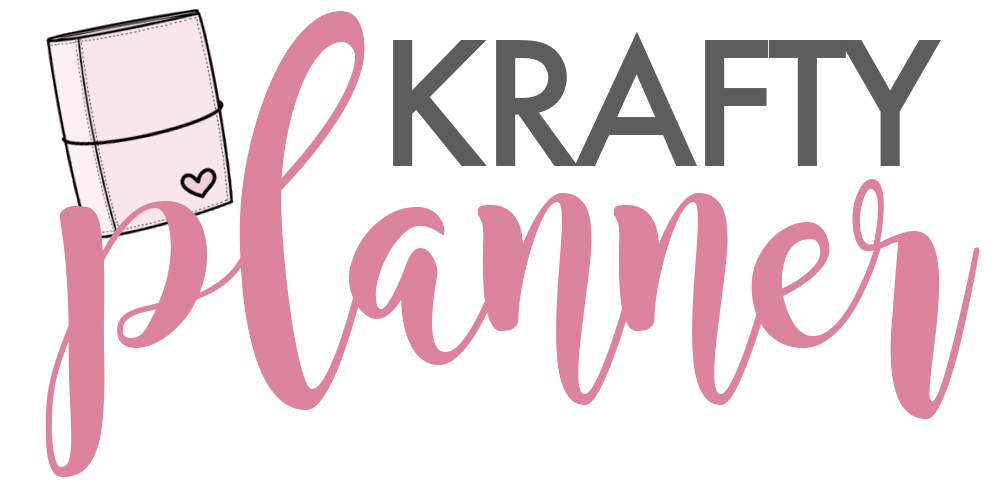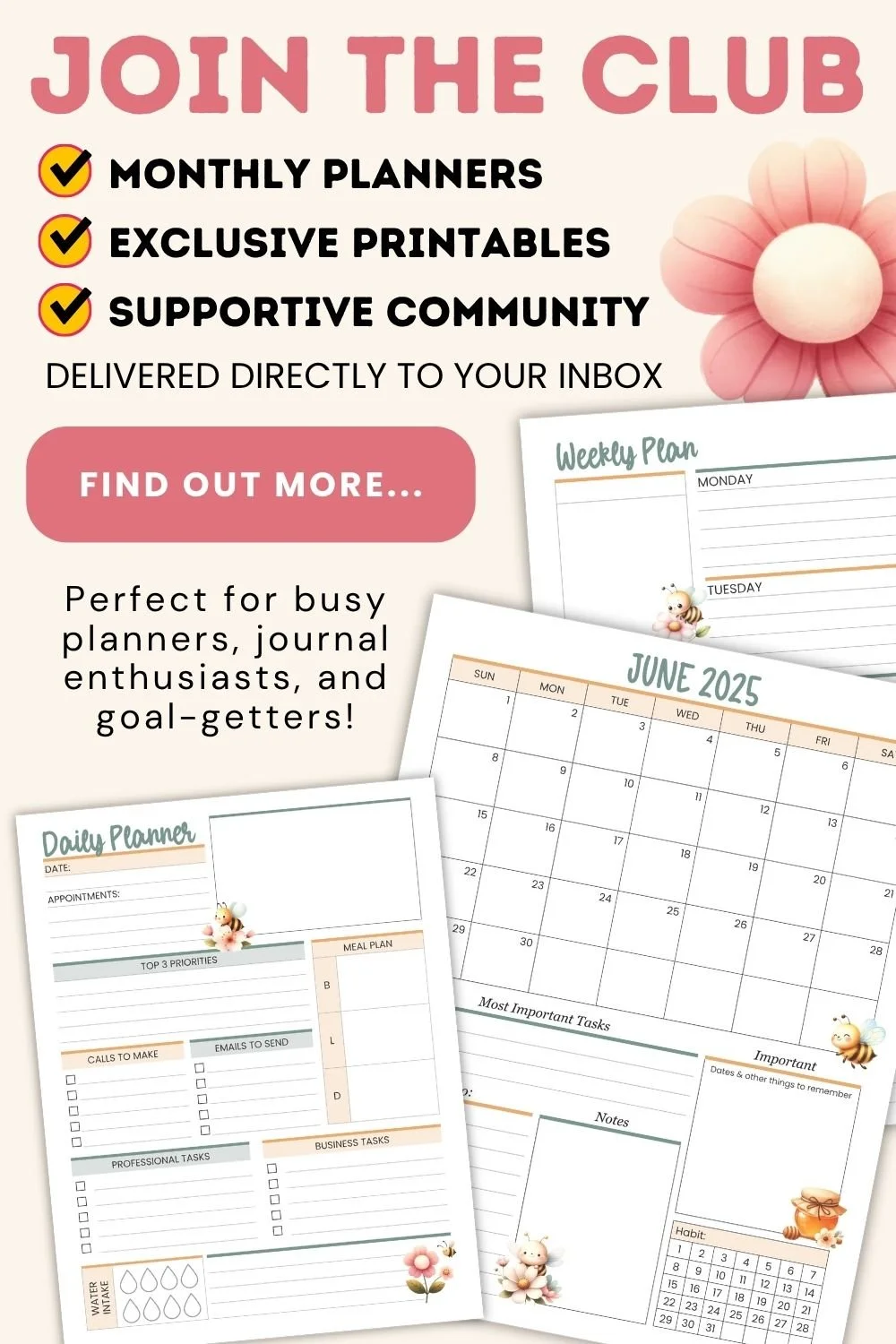10 Steps to be More Productive
Let’s face it, we all need a little help when it comes to productivity. Some days I have “big plans” but then things come up or life gets in the way so those “big plans” keep getting pushed to the side.
There are many ways to increase your productivity, but the most important ones are to set goals, remove distractions, and have a good work-life balance. Here’s a closer look at those and a few other ways that can help you be more productive.
1. CREATE A MOTIVATING MORNING ROUTINE
A morning routine is a set of habits that are followed every day, usually after waking up. It can be as simple or as elaborate as you want it to be. The important thing is that it works for you and you find peace in it.
A healthy morning routine is the key to a productive day. The perfect morning routine should be able to wake you up, make you feel refreshed and energized, and give you enough time to prepare for the day ahead.
It should also be something that can easily be integrated into your lifestyle, whether that means getting up early or staying up late.
Some people find it helpful to have a pre-written checklist of tasks they need to do in order to make sure they don't forget anything important.
This post will give you a few tips to Create a Motivating Morning Routine.
2. Have monthly planning sessions
A monthly planning session is a time that you set aside each month to go over what you’ve been working on in the past month, what needs to be done in the next month, and any other relevant things you need to do.
It’s important to focus on what happened during the last month and how you can use that information to make better decisions for the next month. You should also focus on how you can improve your processes for the future.
Set a date at the end of each month when you can spend an hour or two planning everything that needs to be done for the upcoming month. This will drastically reduce your feelings of being overwhelmed and help you create a realistic schedule.
Here are a few questions to ask yourself each month:
What are my top 3 objectives for this month?
What important dates or events do I need to be aware of this month?
What appointments do I have this month?
What projects do I need to move forward this month and when can I expect to work on them?
What incomplete tasks from last month do I need to prioritize for this month?
3. Create a clear to-do list
A clear to-do list can help you stay on top of your work. You can use a paper or digital planner, or even a checklist app like Asana.
With so many tasks to complete, it’s easy to lose track of what you need to do next. Your to-do list can have anything on it like chores, errands, work tasks, personal goals, and anything else you need to do. A good list will break down all of your tasks into manageable chunks, which will make it easier for you to get your work done.
But, no matter how productive you are, there will always be items on your to-do list that you will not accomplish. This should be expected, so make sure you tackle the most important items for the day as soon as you can. That way, if you get side-tracked, at least your priorities have been met for the day.
If you want to learn more, this post will give you 6 To-Do List Success Tips.
4. Have weekly check-ins
Weekly check-ins are a great way to measure your efforts and make sure that you’re on track with your goals. It will also help keep you accountable for what you have accomplished in the past week, as well as what needs to be done in the next week.
I like to spend an hour or so on Sunday afternoons planning my week ahead. It’s relaxing and fun to add some color and embellishments to my planner pages. Plus, it’s exciting to see my progress week after week. This post has a complete breakdown of my planning routine but here are a few of the basics…
The first step is to identify what tasks need to be completed this week. What are your goals? What do they entail?
Once these questions have been answered, it’s time to create a list of all the things that need to get done this week. This list can include anything from phone calls, emails, or other tasks that need to be completed like laundry and taking out the garbage.
When you have your list of tasks, prioritize them by importance so they are completed in the order they should be. Then, make time for each task and spend enough time on each one so you do it right without rushing through it. My mantra is to do it right or don’t do it at all.
5. Use process checklists & batching when you can
PROCESS CHECKLISTS
A process checklist is a document that can be used to guide you through a series of steps or procedures required to complete a task.
Want to teach your kids how to do the laundry? Make a process checklist. Laminate it and keep it next to the washer and dryer.
For example, this is a guideline for the process of creating an effective blog post. The first step is to come up with a topic for your blog post. This can be done by brainstorming, researching on Google, and asking yourself what you would like to write about. Next, choose the best time and date for publishing it. Then, determine how many words you want the post to be and create an outline of what you want it to say before you start writing it. The next step is to research the topic that you have chosen by reading articles online and doing interviews with experts in that field. After this, start writing your article in an organized manner (i.e., intro, body, conclusion) and make sure to read it over before publishing.
Use that process to create a checklist of steps.
Step 1: Come up with a topic.
Step 2: Choose the best time and date for publishing.
Step 3: Research the topic that you have chosen by reading articles online and doing interviews with experts in that field.
Step 4: Write your article
Step 5: Make sure to check it over multiple times before publishing
Step 6: Publish!
Your ultimate goal would be to have a complete explanation of how to perform each step of the task. That way, if you’re away or sick, anyone would be able to read that information and use the checklist to complete the task.
(Once I finished writing this example I realized that it would also require a separate checklist for how to use the website and physically create the post. 🤓)
If this sounds good to you, take some time to make a list of the major tasks you have to do regularly and create a checklist for each one. Include every single step from start to finish, that way when you work on that task you will have a clear process to follow and won't feel overwhelmed.
BATCHING
Do you have a bunch of tasks that you do repeatedly? Can you put them all together and work on them all at the same time?
Clumping similar tasks together to avoid constant switching will ultimately help you get more done. Focusing on one type of task at a time helps you get into the flow of what you’re doing. Which saves you time and will put you in the right mind space to do these things better and more efficiently.
If we go back to our blogging example, a weekly batching schedule for a blogger might look something like this…
Mondays: Work on marketing tasks and schedule social media posts for the week
Tuesdays: Design days & product creation - make printables for upcoming posts and shop listings
Wednesdays: Content creation for upcoming posts.
Thursdays: Blog and shop administrative tasks - Product/content creation cont.
Fridays: Catch-up days
Saturdays: Complete any unfinished tasks or a free day
Sundays: Weekly planning sessions
6. ORGANIZE YOUR DESK SPACE
In order to be productive, it is important to have a clean and organized workspace. This is something that should be done on a regular basis because if your desk becomes cluttered and messy, it will be hard to find things and you will waste time looking around.
There are a few different ways that you can organize your office space in order to stay on top of things and make yourself more productive. One option is to use drawer organizers so you can put all of your supplies in one place.
Another option is to use labels for boxes and bins so you’ll know exactly where everything is at all times. I know once I put something in a box and up on a shelf, it’s basically gone and forgotten. So labels are a definite must for me!
Finally, having a designated spot for similar tools is a great way to stay organized and keep your workspace in order. For example, I have an old Cropper Hopper case (similar) that I use for my “shipping station”. When I have to ship an order, I roll out my case and have everything I need.
Related Articles…
7. Block out distractions and stay focused
We all have times in our life when we are sitting at a desk working and all of a sudden, we find ourselves distracted. The phone rings, someone walks by, or there is just too much noise. It can be difficult to get back to work after being interrupted. But it can be even harder to leave work when you’re on a deadline.
To help with this problem, there are things that you can do during the day to change your routine and take a break. It’s also good to plan ahead so you know what kind of breaks you need during the day.
Be mindful of your environment. If you are in a loud place and it is hard to focus on a work-related task, try to find a more private place where you can be comfortable and concentrate. Make sure that there are plenty of outlets for your electronics and that the space is not too crowded.
If an unexpected interruption does come up, take a walk around the block or go outside for a few minutes to get some fresh air. Be sure to come back and focus on your task when you are able to. Find comfort in the small moments. What you do during the day can make a big difference in how well you can concentrate on work tasks.
If you find yourself doom scrolling on your phone when you shouldn’t be, you can use a mobile website block to help avoid addictive websites, like social media, that distract you and waste your time. That way you won't be tempted to pick up your phone.
8. Take frequent breaks
It is important for writers to take breaks. Breaks allow the mind to rest and refresh. Breaks can be as simple as a short walk outside, going for a coffee break, or taking a nap.
Breaks are important because they allow the brain to rest and recharge. They can be as simple as going for a walk outside or getting coffee with coworkers, but they are also important because they allow the brain to process what has been written so far and come up with new ideas.
Here are a few ways to incorporate 10-15 minute breaks throughout your day.
Take a walk outside and think about what you would like to do in the future, as well as what you have done in the past few hours.
Do something that is so engaging that it doesn't require your full attention, such as watching TV or playing a video game.
Schedule breaks throughout the day so that you are not always at your desk. If you can’t leave your workstation then at least get up, stretch and walk around the room a couple of times to get your blood flowing.
9. Create an evening routine & get a good night’s sleep
It is important to get sufficient sleep and rest regularly. The benefits of getting good sleep are numerous. It helps the body and mind to recover from the damage of stress, reduces the risk of depression, and increases your productivity at work.
The first step is to set up a regular bedtime routine that includes relaxation activities such as reading a book or listening to music before going to bed.
Next, you should avoid using electronic devices before going to bed as they emit blue light that can disturb our sleep cycle.
Finally, the most important thing is to have a sleeping environment that guarantees good sleep. Set up a regular bedtime routine with relaxing activities such as reading a book or listening to music.
Check out this post if you want to Establish A Better Bedtime Routine.
10. Just take action!
Although it may be hard, sometimes the only way we can make progress is to take responsibility for our actions. Set aside all your thoughts and fears and get started now!
I hope these tips will help you stay productive and get the most out of your day.
Before You Go:
Here are a few more printables you might like:
THE ULTIMATE LIST OF PRODUCTS, APPS, TOOLS, AND RESOURCES I USE ON A DAILY BASIS
See my Link Party Directory for a current list of blog parties I attend each week.
This post was featured at the following link parties, thank you for your support! ❤️
FOR PERSONAL USE ONLY – Please Read Freebies Terms of Use.
(This post may contain affiliate links. For more information, see my disclosures here.)
~ SHARE THIS POST ~
Did you like this post? Do you know someone else who might enjoy it? Please take a minute to share it on Pinterest, Facebook, or your favorite social media… Thank you!



















